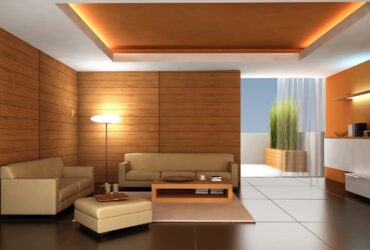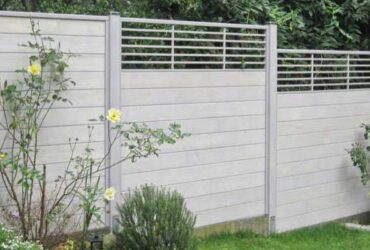Comprehensive Comparison Between Wood Plastic Materials And Wood properties
Wood is a general term for plant tissues that develop inward from the vascular cambium, including xylem and thin-walled rays. Wood plays a great supporting role in human life. Depending on the different properties of wood, people use them in different ways.
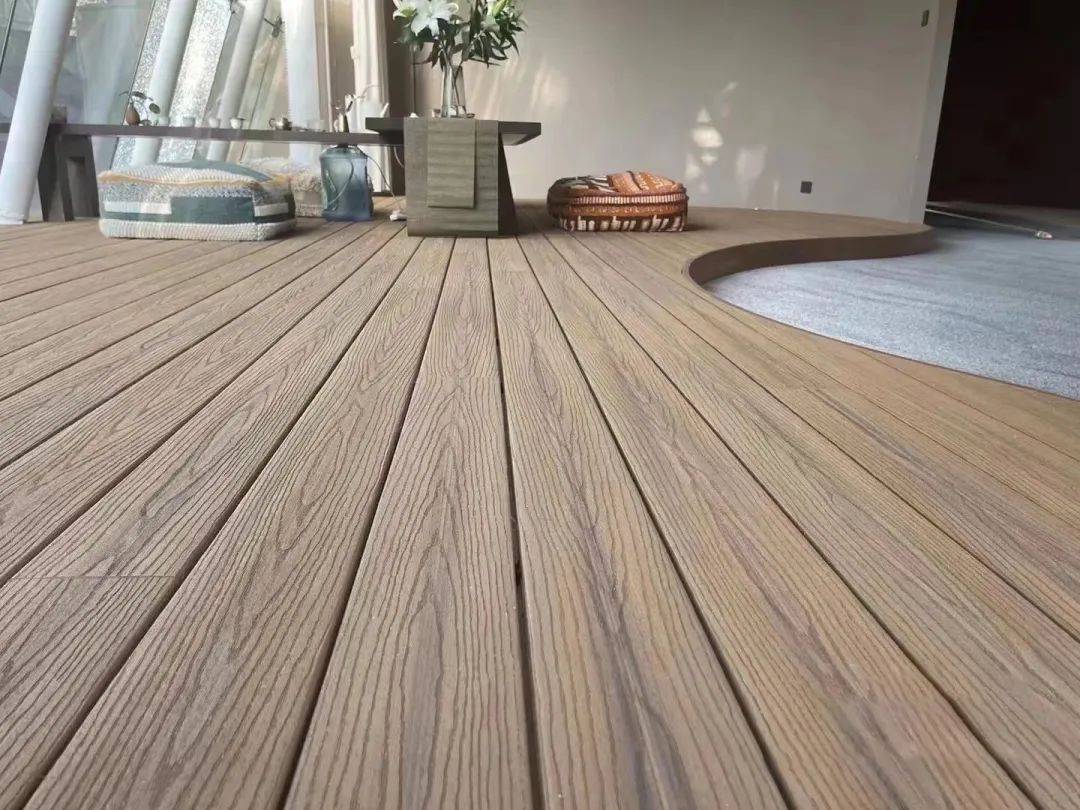
Three major defects of wood:
1. Natural defects: such as wood knots, oblique grains, and defects caused by growth stress or natural damage. The branches contained in the trunk or main branch wood are called knots, which can be divided into dead knots and live knots according to the degree of continuous growth; according to the material of the knots, they can be divided into sound knots and rotten knots. The diagonal grain of logs is often called twist grain, and for sawn timber it is called twill grain.
2. Biological damage defects: mainly decay, discoloration and insect infestation.
3. Defects caused by drying and mechanical processing: such as dry cracking, warping, saw cuts, etc. Defects reduce the use value of wood.
In order to use wood rationally, wood is usually divided into grades according to the requirements of different uses, limiting the type, size and number of allowable defects in wood. Rotten and insect-eaten wood is not allowed to be used in structures, so the defects that affect the strength of the structure are mainly knots, diagonal lines and cracks.
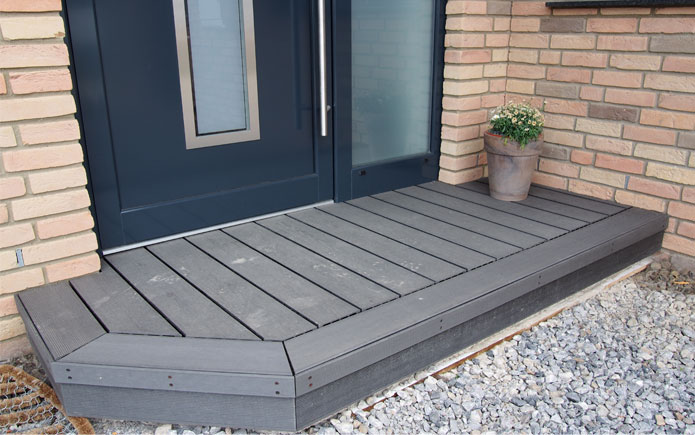
Wood-plastic composites contain plastic and therefore have a better elastic modulus. In addition, because it contains fibers and is fully mixed with plastic, it has physical and mechanical properties such as compression resistance and bending resistance that are equivalent to those of hardwood, and its durability is significantly better than ordinary wooden materials.
1. Low loss of wood-plastic profiles: Wood-plastic profiles are profiles and can be produced in lengths that meet customer needs. The length of wood is fixed, and cutting and processing causes a lot of waste.
2. In the same situation, compared with wood, less is better than more with wood plastic: generally when installing outdoor flooring, when wood is used, wood with a thickness of about 45MM is required. Wood-plastic only requires 25MM thickness of material, and its strength exceeds 45MM anti-corrosion wood. By conversion, if the wood used is 1 cubic meter, then wood plastic only requires about 0.5 cubic meters.
3. Wood plastic has good physical properties, strong mechanical properties, strong and durable:Wood-plastic is suitable for large-scale outdoor installation and use, is waterproof and moisture-proof, and is not easy to crack and rot. However, wood is prone to cracking, mildew, and rot outdoors, has a short service life, and can easily cause safety accidents.
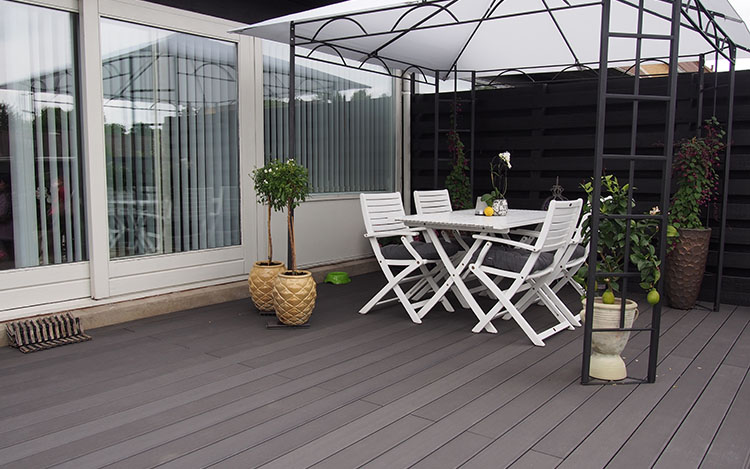
4. Wood plastic is a kind of profile with many hollow specifications, which saves a lot of materials. Wood plastic can be hollow, but it is impossible for wood.
5. The surface of wood plastic does not need to be painted: generally wood needs surface paint or water-based coating treatment. In other words, wood plastic is the most convenient in construction.
6. Wood-plastic products can be dimension-free and have low maintenance costs: wood generally requires maintenance or painting within one year. In the long run, the maintenance cost of wood plastic is far lower than that of wood products.
7. The service life of plastic wood can generally reach 3-4 times that of ordinary wood.
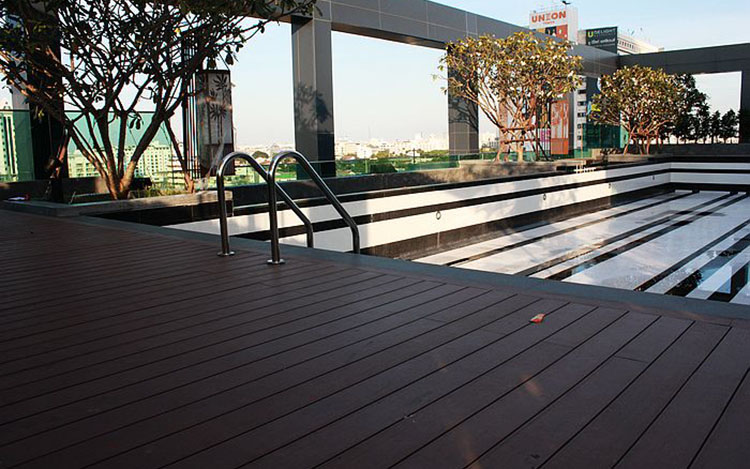
Wood-plastic interior doors, baseboards, integrated cabinets, wardrobes, exterior wall hanging panels, ceilings, decorative wall panels, outdoor floors, guardrail columns, plastic steel pavilions, garden guardrails, balcony guardrails, garden fences, leisure benches,Tree ponds, flower stands, flower boxes, air-conditioning racks, air-conditioning covers, blinds, road signs, transport pallets, etc.Wood-plastic materials are flexible in application and can be used in any field of wood processing. They are the best environmentally friendly materials to replace wood;Wood-plastic products play a vital role in the country's low energy consumption. They are recyclable products and are widely used in several major national projects.


